The City of Chesapeake is
changing more than ever.
Chesapeake is growing. More people means more jobs and more jobs means more commuters on your roads. The regional transit system can help address this growth.
It’s time to connect our city.
As Chesapeake grows, there is an increasing need to provide a comprehensive multimodal transportation system that can meet the needs of your community today and tomorrow. Through an analytical process and feedback from the Chesapeake community, this study will determine if implementing a high-capacity transit service will align with future growth plans for the City of Chesapeake.
Moving forward together.
High-capacity transit service complements future development and growth. Residents, businesses and visitors will find this service as an attractive alternative to the automobile.
Connecting more people faster, farther, and more effectively.
It's time for us to consider a change in how we think about mobility and connectivity in your city and how it connects you to the wider region.
A high-capacity transit service, linking the Greenbrier area and the Summit Pointe development to light rail and key regional destinations and employers and activity centers.
Exploring High-Capacity Transit in Chesapeake: May 2023 - December 2024
Hampton Roads Transit (HRT) and the City of Chesapeake will work side-by-side to ensure that we come up with high-capacity transit options that meet the City's goals, needs and support current and future development plans. With the support of the City, HRT will lead the study to identify and screen potential high-capacity transit corridors and technology options connecting Chesapeake activity centers to the wider region. The project will follow a two-tier evaluation process, and your input is essential.
Tier 1: Determine the feasibility of multiple conceptual alignment alternatives to connect the Greenbrier area to the wider Hampton Roads area.
Tier 2: Evaluate the most viable alternatives from the Tier 1 screening in greater detail and determine if they align with the city's planned growth areas. The work will include ridership forecasts, right-of-way needs, traffic impacts, high-level design concepts, construction costs, compatibility with surrounding land uses, and community input.
October 2023 - Project Update:
The Connecting Chesapeake team believes in the importance of sharing timely updates with the public throughout our study process. The inclusion of the community along this journey is not just checking a box, but an essential element of our study. Keeping you up to speed and collecting your input, concerns, and feedback shape the focus and outcomes of our planning efforts.
Read our latest project update to learn how you can provide your input at one of our upcoming public meetings and pop-up events.
GET INVOLVED:
This is your community.
This is your project.
We need your input.
Public Meetings
Chesapeake residents, business owners, community leaders, and all others who are interested will have the opportunity to attend open house public information meetings, hosted by Hampton Roads Transit (HRT) at key points during the study process. The public meetings will be held at accessible locations within the study area.
Pop-Up Events
To meet community members where they live and work, “pop-up” events will be conducted to complement each public meeting. These informal events will occur at unique locations in the community to enhance study awareness and reach. The pop-up events are targeted to begin in October 2023.
Surveys
During the early phases of the project, HRT and the City will distribute a survey to the community. This survey will include questions to gather meaningful input to guide the study, as well as provide an opportunity for general comments. Surveys will be distributed in an online format, and paper versions will be available at in-person meetings and outreach events. The public is also welcome to submit comments at any point during the study process.
What Is High-Capacity Transit?
High-capacity transit is a form of public transit that typically travels in its own lane or right-of-way. High-capacity transit vehicles can include technologies that prioritize transit to improve mobility and operations. Our project’s goal is to evaluate each high-capacity transit alternative and work with you to find what’s the best alignment option for everyone in our region.
Express Bus
Express bus services make fewer intermediate stops, focusing on major destinations, large employment centers, and pick-up points such as park-and-ride lots. Express buses operate in mixed traffic and use freeways and HOV managed lanes where available.
Bus Rapid Transit
Bus Rapid Transit (BRT) is a service that operates in mixed traffic or its own lane. BRT stops are typically designed to make getting on and off the bus faster, with level boarding platforms and vending machines that allow passengers to purchase tickets before getting on the bus. Technologies such as communication with traffic signals can be incorporated to prioritize BRT along the corridor.
Light Rail
Light rail transit (LRT) is an electrified service that uses a steel-tracked fixed guideway. LRT can operate in a variety of environments, including within roadway medians and along urban streets. Higher speeds can be reached when LRT is in exclusive right of way.




